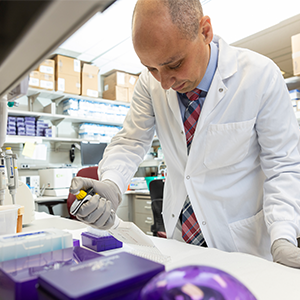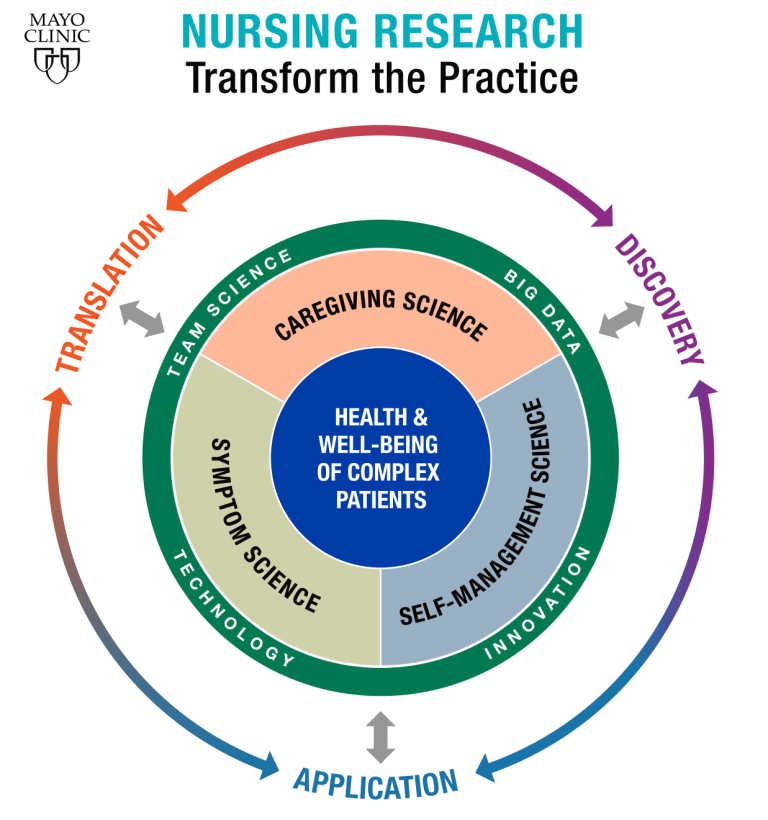-
Finding the balance: Opioids and pain control after surgery
In a recent Mayo Clinic study, researchers found that most patients prescribed fewer opioids after surgery were able to maintain satisfactory comfort levels without requiring more prescription refills later.
Under new evidence-based guidelines, patients undergoing various surgeries received fewer opioid pills, and 88% reported feeling "very" or "somewhat" satisfied with their pain management.
Researchers worked with the Mayo Clinic Survey Research Center to survey patients undergoing a range of elective surgeries. The survey investigated their post-surgery experiences, overall pain management approach and opioid use.
The study’s results were used to understand the connection between reducing opioid prescriptions and patient satisfaction with pain relief.
Guideline development
The guidelines were developed through research that examined the amount of opioid medication used by patients, the number of pills left over and the frequency of refills. The results were then applied to create recommendations for prescribing opioids after surgery.
"We wanted to better understand how many pills each patient needed and how many were left over, which set the foundation for publishing guidelines to say how much people need to be prescribed," says senior author of the study Cornelius A. Thiels, D.O., a surgical oncologist at Mayo Clinic.
The guidelines recommend either low, standard or high dosing for each procedure based on specific patient factors associated with variations in opioid requirements.
"We implemented these evidence-based guidelines into practice and developed educational content for pharmacists, surgeons, nurse practitioners, physician’s assistants and residents, and saw excellent compliance with the guidelines," says Dr. Thiels.
Impact on pain control
The study showed that while most patients experienced reasonable pain control with reduced opioid prescribing guidelines, a small group of patients did not find their needs met. That group may benefit from further tailoring and individualizing the opioid prescribing guidelines, the study concluded.
While the patient-focused survey supported managing pain with fewer opioids, it also underscored the need for accurate prescribing from the start. The researchers noticed that despite education efforts encouraging patients to dispose of unused opioids properly, many still had leftover pills, which could lead to misuse.
Misuse of prescription opioids remains an important contributor to the opioid epidemic in the U.S., with the study noting that in 2020 alone, 2.3 million people were reported to have a prescription opioid use disorder. That same year, over 16,000 people died from an overdose of prescription opioids.
Dr. Thiels says the findings underscore the need to balance managing pain and opioid use and the importance of educating patients and prescribing the right amount of medication in the first place.
Hallbera Gudmundsdottir, M.D., first author of the study, adds that the research "is an important first step toward not only safer but also better pain management for every patient after surgery."
Dr. Thiels and Dr. Gudmundsdottir note that future research will focus on using artificial intelligence to help achieve optimal pain control for every patient after discharge.
The Mayo Clinic Robert D. and Patricia E. Kern Center for the Science of Health Care Delivery supported this research. Review the study for a complete list of authors, disclosures and funding.
—Vincent Jacobbi
Take part in National Prescription Drug Take Back Day by visiting locations with safe, free and convenient means to dispose of unnecessary medicines stored in the home that can be susceptible to abuse and theft. Drop-off events will take place Oct. 28, 2023, from 10 a.m. to 2 p.m. throughout communities across the nation. Find a year-round drop-off location by visiting the DEA National Prescription Drug Take Back Day website.










